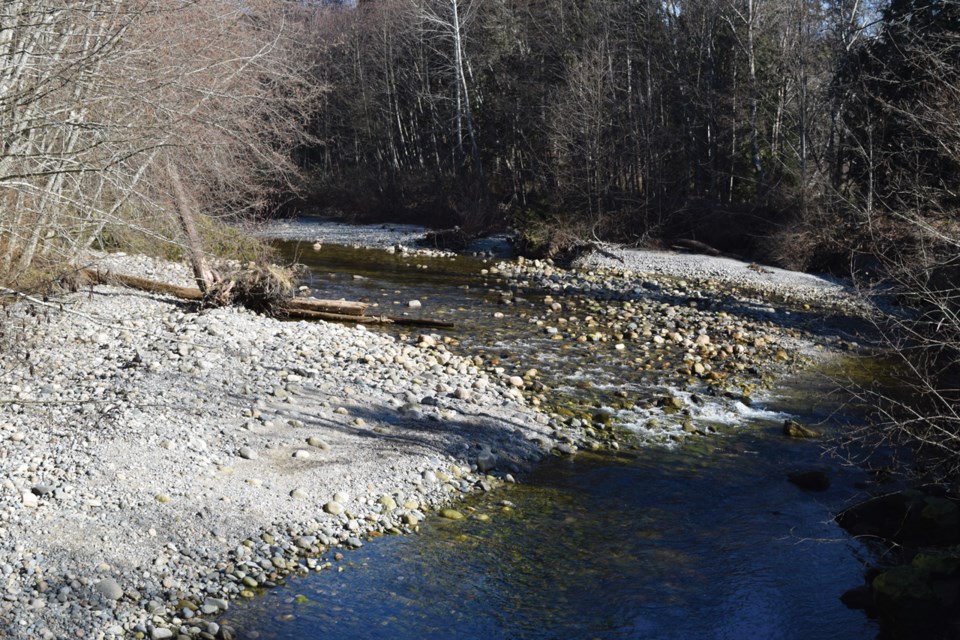The Salmonid Enhancement Society is using the situation at the hatchery to call on residents and local governments to step up their efforts to conserve water.
The same day it announced the Chapman Creek Hatchery wouldn’t be keeping fish on site this summer, it released a comprehensive report on the lessons to be learned from other areas experiencing water shortages.
Hatchery manager Simon Grant said they’re hoping to get the message out that people on the regional water system have to think seriously about their water usage – indoors and out.
“Their behaviour around their home affects this creek directly. That’s the big message I want people to understand, and I want them to start feeling uncomfortable when they’re flushing their toilet for a pee,” Grant said. “We need to, as a community, focus on how to use less water and it has to come from the community.”
The Salmonid Enhancement Society’s report encourages a focus on “long-term solutions” to prevent Stage 4 water restrictions becoming a yearly occurrence.
The report looks at initiatives in Australia, South Africa and California and concludes Sechelt, and other areas on the Chapman water system, are in “a unique position with our water resources and currently small population, to become not only leaders in water conservation in Canada, but in the world.”
The report suggests the SCRD make real-time water use data for individual homes and the water system as a whole readily available so people can see what’s happening and “adjust their water consumption rates accordingly.”
It also says rebate programs and ambitious targets for water use reductions that have proven effective elsewhere should be adopted on the Sunshine Coast.
“By reducing our water usage in the community, we are ensuring that there is enough water flowing through the ecosystem to maintain required water flows and temperatures, ensuring the survival of our important salmon stocks,” the report says. “Not only would maintaining water flows protect our salmon stocks, both wild and hatchery, it will also protect their predators, as well as the rich and diverse riparian ecosystem they live in.



